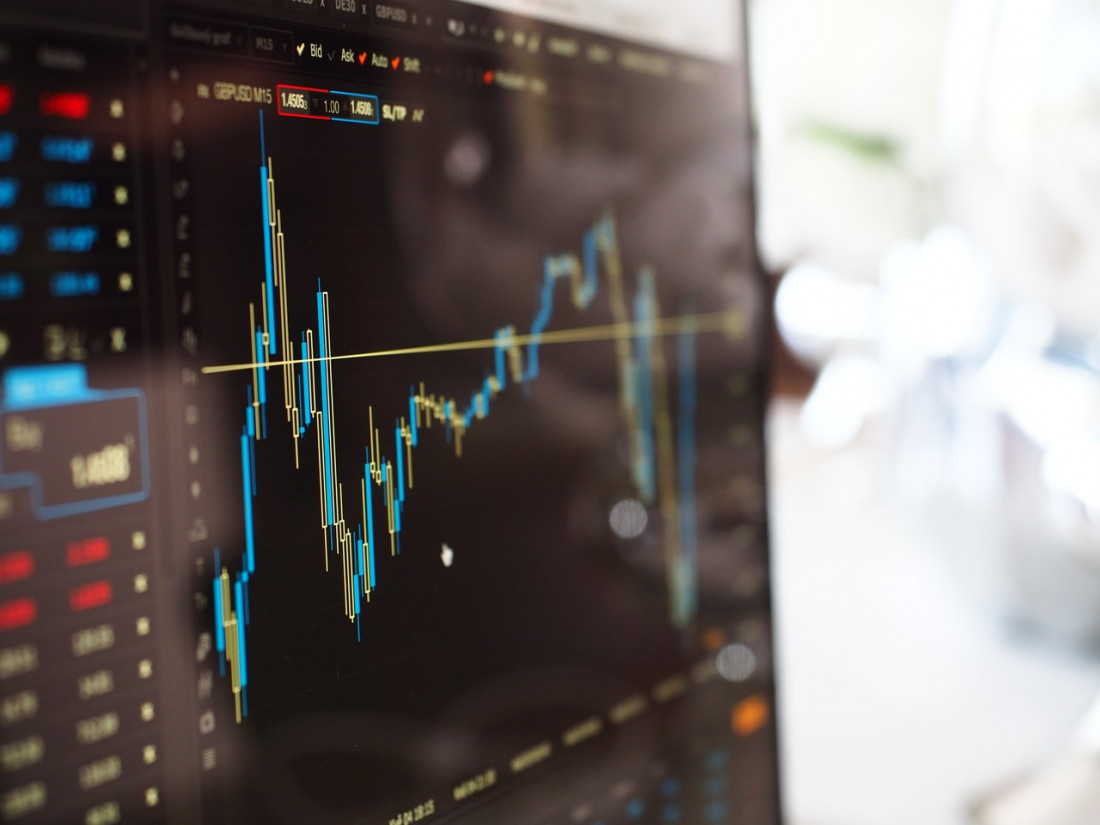There are many difficult tasks in the work of a chemical trader; making first contact with prospective clients, organising logistics, networking and negotiating, and yet one of the seemingly simplest tasks, pricing, is strangely also the one of the hardest.
Setting an initial chemical product price too high will scare off potential customers, too low and there is no room for negotiation; worse still, no profit.
This has never been more important given the recent rise in online chemical trading websites such as Alibaba and Spotchemi (which hosts this blog page). On these chemical trading portals, a few clicks of the button will show a long list of chemical products on offer with specifications, quantities, location and of course, prices on display. With prices so easily comparable and with trades agreed upon with simple mouse clicks. Chemical pricing strategy and the books that explain it have become a major industry in their own right.
In fact, it seems that there are as many theories on pricing strategy as there are prices. Some of the better ones can be found on the website of the online marketing experts at Kapost. For example they highlight the pricing policy of the Economist magazine. Stating, “The Economist’s recent pricing strategy:
- Online subscription, $59
- Print subscription, $125
- Onlineand print subscription, $125
At first glance, option two seems useless, offering less value than option three for the same price. However, this option isn’t there to sell print-only subscriptions. It’s actually there to frame the third option, making it more desirable in comparison.
Without option two, consumers have a choice between a $59 online-only package and a $125 print-and-online package—a big price increase, just to receive a magazine in the mail. However, by valuing their print-only copy at $125, the implied value of option three is now $184 ($125 + $59). Suddenly, option three isn’t just the most desirable; it’s also going to save the consumer a ton of money.”
Are the educated readers of the ‘Economist’ seeing the benefits of a well deployed pricing strategy, or falling for a retailing trick?
As discussed on this blog page before (you can read that article here), even expert chemical traders are prey to simple pricing psychology, such as the 99 cent price tag, known as ‘charm pricing’.
This pricing strategy was analysed in detail by researchers Eric Anderson of the University of Chicago, and Duncan Simester of Sloan School of Management at MiT. In their study, ‘Effects of $9 Price Endings on Retail Sales’, they observed that whatever the reason for ‘charm pricing’, price endings made a clear difference in retail sales, as the study even found that, “a standard women’s clothing item was tested at the prices of $34, $39, and $44.To the researchers surprise, the item sold best at $39, even more than the cheaper $34 price.”
Given that much of pricing strategy depends on psychology, logically it is now more important to understand the thinking of your prospective chemical sales target.
As Deloitte’s report, ‘Pricing in the Chemical Industry; Boost your pricing power’, stated, “Customers differ in what they want, when they want it, why they want it, and how they want it. This is where value-based pricing, an innovative way of pricing in order to capture more of the value, becomes relevant.”
The report continues by describing the two key elements as, “The customer-perceived value of a product can reflect need and use.
- Need – To price by need, the chemical producer must discover what a customer considers important (such as pre and post-sale support or a product’s specific performance); create an offering that addresses the need; and then price the product according to the customer’s value assessment metrics. The greater the need, the more the customer is generally willing to pay.
- Use – To price by use, the chemical producer begins with an understanding of the customer’s desired preferences. The more urgent or complex the purchase, the more the customer should be willing to pay. For example, when a product is used in a hazardous environment, quality expectations are usually higher and a higher price can be charged than when it is used in a regular environment. In practice, this simple concept is often complicated by issues of price transparency and market channels that may make such price discrimination difficult. In those cases, a good solution might ‘tier’ product performance to minimize spill-over effects; classic examples include certifications or quality/purity levels. Understanding how to capture what customers perceive as valuable provides great opportunities for better performance. Without value-based pricing, the risk is high that a chemical company will over-serve or under-serve a customer. The penalty is the same for either mistake: a loss of margin.”
The report concludes with the advice that, “In times of volatile raw material costs, chemical companies need to better understand their customers’ buying behaviour and how their business units price products. Insights into the different steps and players in the value chain of your products reveal which pricing strategies can be useful.”
So it seems that whilst understanding pricing strategy and psychology is useful, it is nothing without first understanding your customer. Overall, while a chemical trader can spend a lifetime studying the pricing of their products, no strategy will work without an understanding of the purchaser.
If you want help studying a chemical market or in developing a product pricing strategy, or even in analysing your prospective customers and competitors, then the professionals at SPOTCHEMI, who host this blog, can be contacted at +420 228 800 800, or by writing to helpdesk@spotchemi.eu

